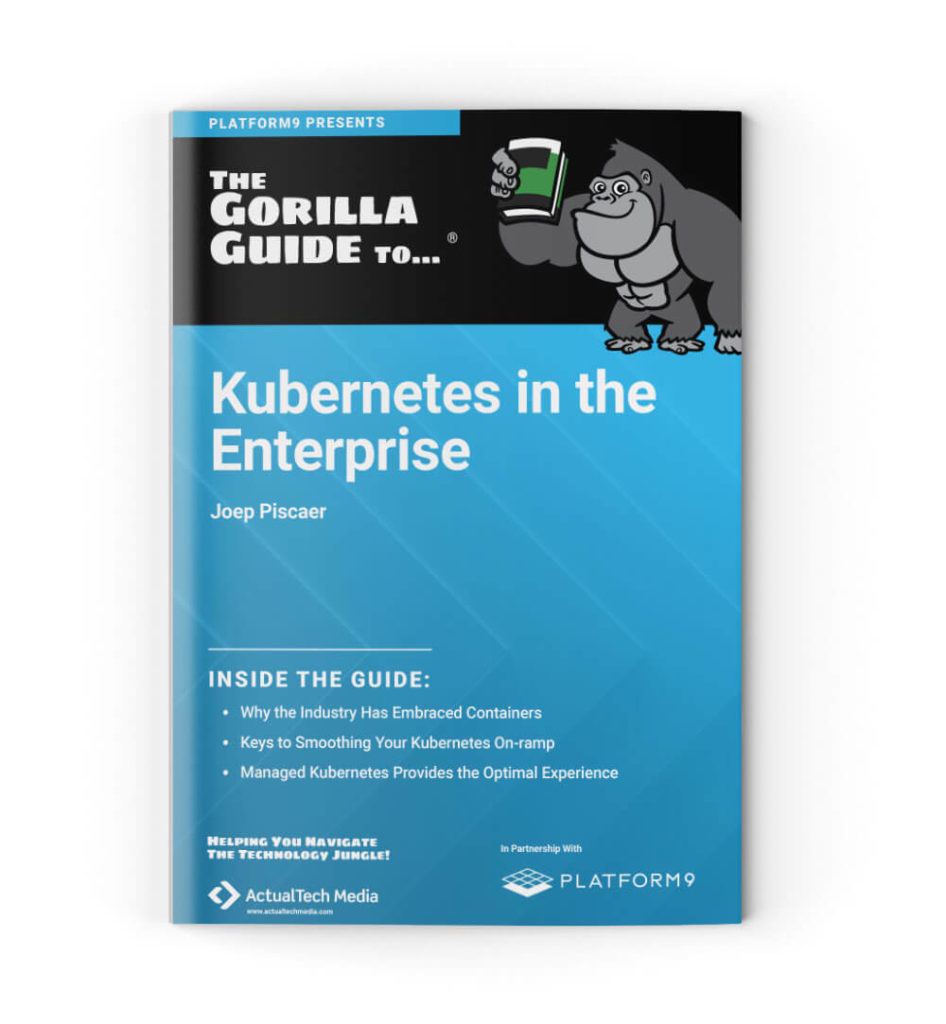 This is an excerpt from The Gorilla Guide to Kubernetes in the Enterprise, written by Joep Piscaer.
This is an excerpt from The Gorilla Guide to Kubernetes in the Enterprise, written by Joep Piscaer.You can download the full guide here.
Deploying Kubernetes from Scratch
Deploying a Kubernetes cluster from scratch can be a daunting task. It requires knowledge of its core concepts, the ability to make architecture choices, and expertise on the deployment tools and knowledge of the underlying infrastructure, be it on-premises or in the cloud.
Selecting and configuring the right infrastructure is the first challenge. Both on-premises and public cloud infrastructure have their own difficulties, and it's important to take the Kubernetes architecture into account. You can choose to not run any pods on master nodes, which changes the requirements for those machines. Dedicated master nodes have smaller minimum hardware requirements.

